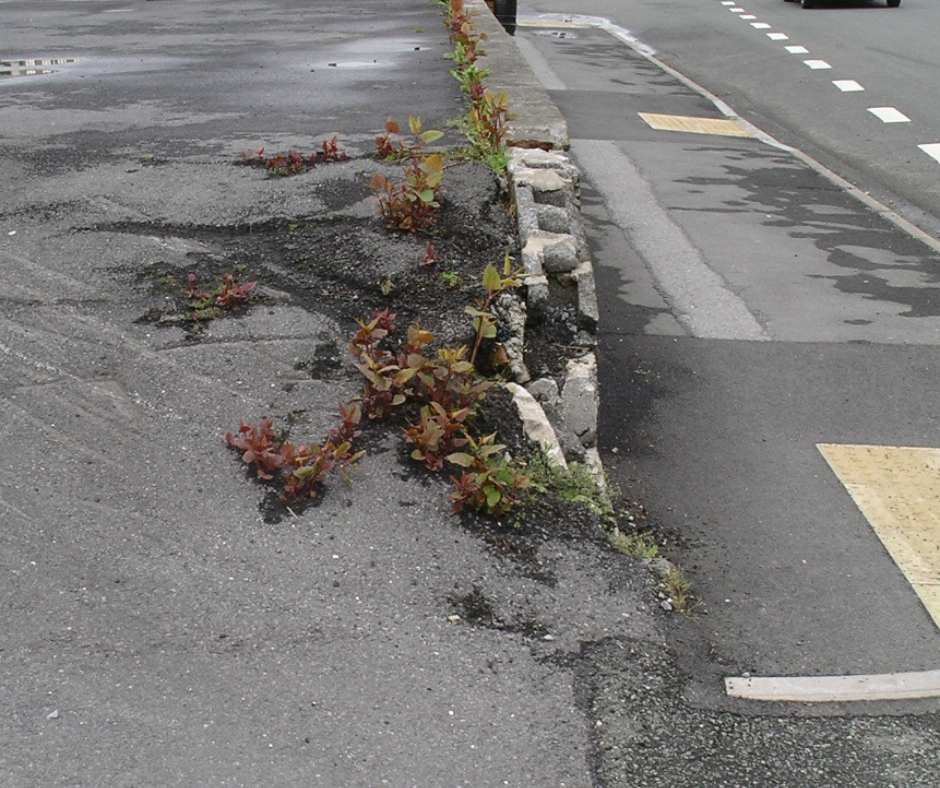Question: How does Japanese knotweed property damage compare to other plants?
Answer: Recent research indicates that the physical damage caused by Japanese knotweed is no greater than that of other disruptive plants and trees.
A Closer Look:
Japanese knotweed (Fallopia japonica) is notorious for its invasive nature and aggressive growth patterns. Unlike many other non-rhizomatous plant species, its extensive root system takes advantage of any weak areas meaning it can penetrate through vulnerable foundations, cracks in walls, and infrastructure, causing damage. Tiny fragment s of this plant will establish as new plants, making it hard to control without professional services. Knotweed also poses a threat environmentally. Its rapid spread can overrun gardens, depleting our native flora and disrupting local ecosystems.
Compared to other plants with a similar growth pattern such as Bamboo, Japanese knotweed presents unique challenges due to its resilience and ability to thrive in most climates and environments. Eradicating knotweed once established is particularly difficult, and the associated costs and legal implications underscore its severe impact on property values and the surrounding environment. Understanding these distinct characteristics is crucial for implementing effective management strategies and minimising its damaging effects on properties and natural habitats.
To find out more about our knotweed solutions speak to the team.


